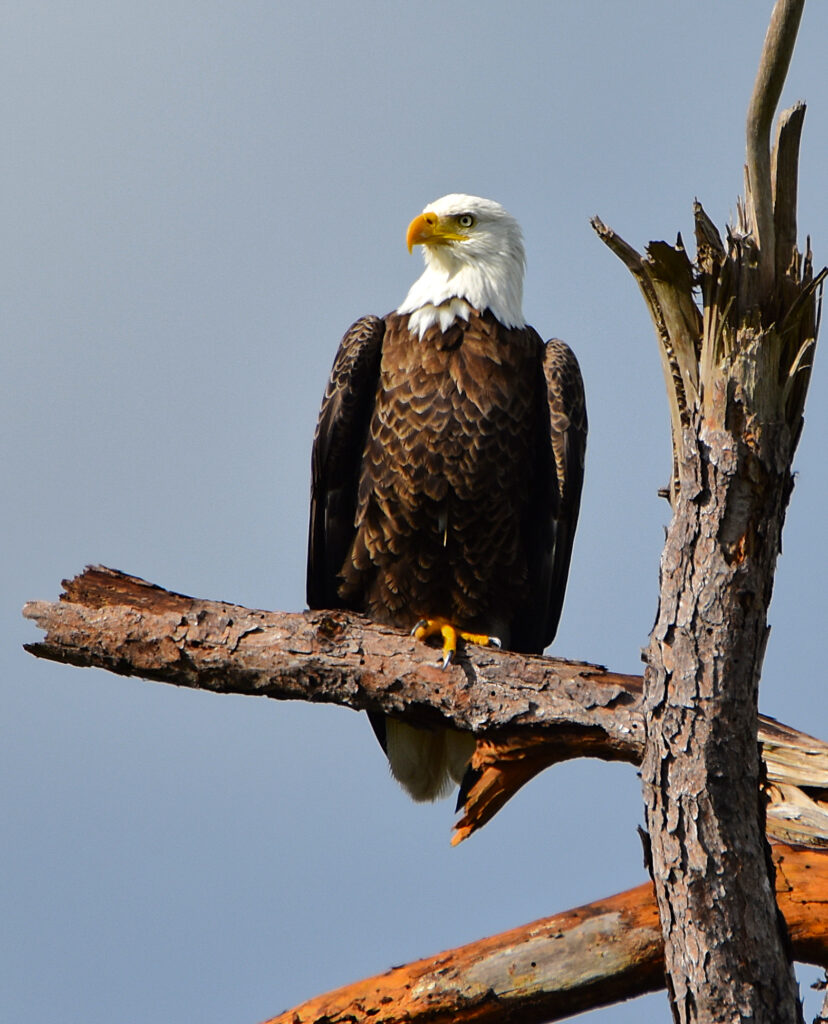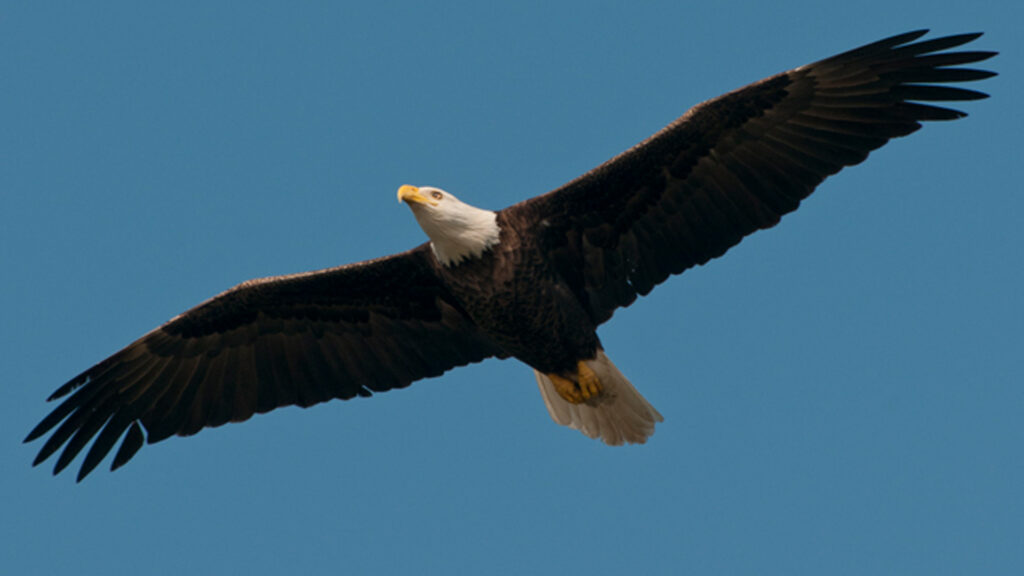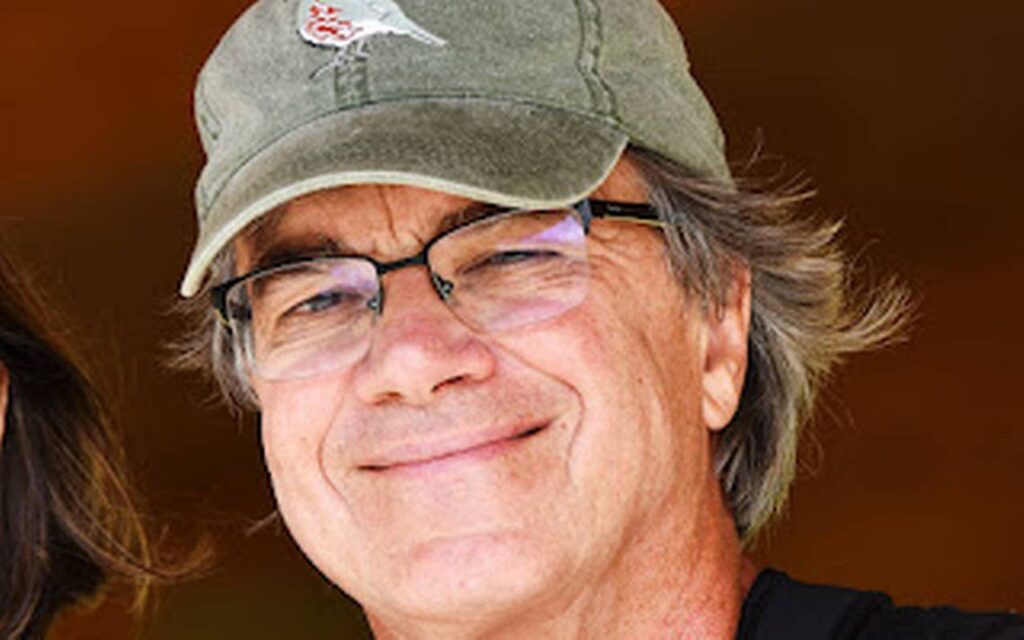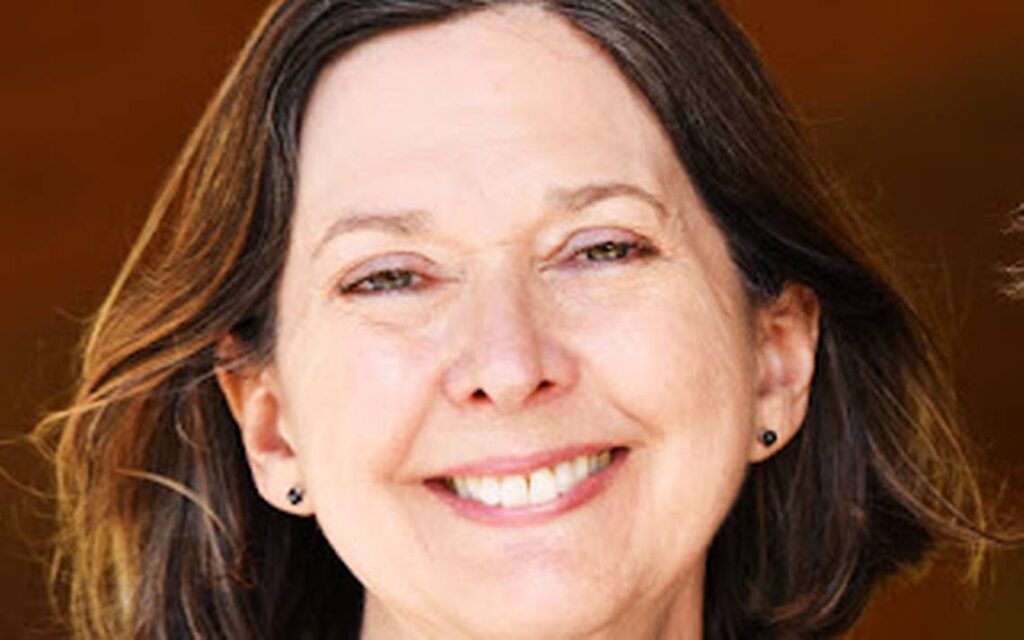By Anders and Beverly Gyllenhaal

The U.S. Fish and Wildlife Service ran into a problem when it came time to count bald eagles just as the agency’s planes were grounded for repairs two years ago. So it tried something new, tapping into a citizen science network that gathers the sightings of birdwatchers to calculate the number of eagles across the country.
The experiment was a rousing success. The birders’ network had a vast storehouse of data on where eagles live and breed, based on the listings of some 180,000 people. The survey ended up showing a big jump in the nation’s eagle population. It also showed the important contribution average people can make in a field long limited to scientists and wildlife officers.
We spent the past two years traveling 25,000 miles researching a book on conservation during what is a fragile time for birds: Nearly a third of North America’s bird population has evaporated over the past 50 years because of habitat loss, urban hazards and climate change. About half of all species are in decline, in every ecosystem and across almost every bird group.
Our travels gave us a close-up look at the many promising missions meant to counter these pressures. Researchers are developing ever-smaller technologies to track bird migrations. They’re using sound recordings to analyze birds’ routines. Advances in genomics are helping bolster weakened species — and even raising the prospect of bringing extinct birds back to life.
But among the most intriguing developments we found is the outsized role that anyone can play in one of the environmental challenges of our times, simply while walking in the woods armed with a smartphone. Such contributions are turning out to be a significant part of the study of birds, capable of shaping policies of federal agencies, nonprofits and research centers.
Citizens participate
The eagle count is a good example of how this works. The citizen science project, started two decades ago by the Cornell Lab of Ornithology and the Audubon Society, has grown to include more than 700,000 people around the world. Birders record the species they see and hear on a free app called eBird, which the Cornell lab turns into precise maps — built on a billion bits of data, so far — of where the birds are and how they move around the globe.

Our national symbol since 1782, the bald eagle is an especially popular target for birders with its stark white head, seven-foot wingspan and soaring flights. Since nearly going extinct from pesticides in the mid 1900s, the eagle has made a resounding comeback. That latest census put its numbers at more than 300,000, spread across every part of the nation.
Still, threats abound. A new study a year ago found that despite their growth, half of the bald and golden eagles in the United States suffer from lead poisoning from eating carrion left by hunters using lead ammunition. Many eagles are also weakened by poison spread by rats and other vermin eagles feed on.
The next decade or so will be a pivotal time, we learned in interviews with more than 300 people in all stages of the bird world. The seesawing forces working against and on behalf of birds leave their future well-being hanging in the balance.
Birds are vital

Plenty is at stake in trying to halt these declines since birds play a central role in the health of the environment we share: They’re nature’s workhorses, spreading seeds, pollinating plants, fertilizing the land and seas and providing the daily soundtrack of the outdoors. And in Florida, of course, birds are a vital part of an economy dependent on tourism.
Our book opens with the story of the Florida grasshopper sparrow, the most endangered bird on the continent, whose population is gradually being restored on the prairielands near Disney World. The grasshopper sparrow’s fate is made all the more poignant since the nation’s last bird to go extinct was the dusky seaside sparrow, which vanished in 1987 from the grasslands around Cape Canaveral.

Another species, the Florida scrub-jay, could be a barometer for how birds can coexist alongside orchards, homes, businesses and theme parks. A fascinating project is under way across Central Florida to help the scrub-jay, the state’s only native bird, make the most of its remaining habitat.
These and dozens of other projects we researched are dependent on scientific research, the policies of wildlife agencies and the conservation funding that always seems to lag behind the need. But today, average people can contribute in ways never before possible, by showing support for conservation, creating bird-friendly homes and businesses and, now, signing up to join thousands of people contributing by simply watching birds.
Anders Gyllenhaal, former executive editor of the Miami Herald, and Beverly Gyllenhaal are veteran journalists whose book, “A Wing and a Prayer: The Race to Save our Vanishing Birds,” was published this month by Simon & Schuster. The Gyllenhaals, whose website is flyinglessons.us, will appear 6 p.m. April 23 at Books & Books in Coral Gables.
This opinion piece was originally published by the Miami Herald, which is a media partner of The Invading Sea. If you are interested in submitting an opinion piece to The Invading Sea, email Editor Nathan Crabbe at ncrabbe@fau.edu.



